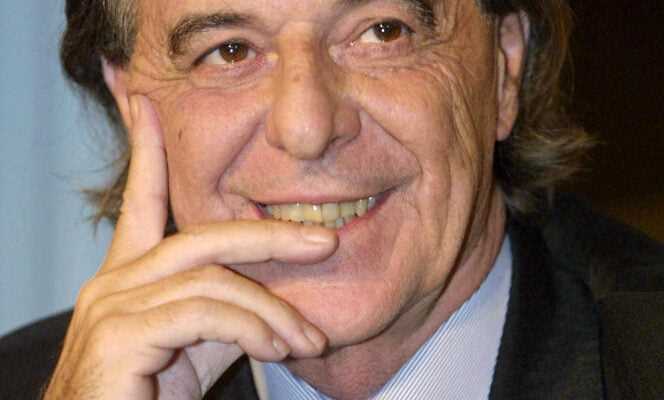The Catalan architect Ricardo Bofill died on January 14, at the age of 82, carried away by the Covid-19. He was born on December 5, 1939 in Barcelona, from a father who was also an architect, and had therefore spent most of his youth during the “reign” of General Franco (1889-1975). These two weren’t made for each other.
The young architect joined the “divine left”, a well-named movement frequented by Catalan intellectuals and which managed to impose a form of freedom in a still gagged Barcelona. Bofill adds: “He sent back an image of frivolity and seduction, writes the novelist Rosa Regas. He was also like that. If he was accused of being a petty bourgeois, he overdid it. If he was told that his architecture was extravagant, he exaggerated even more in his next project. » In the same way, he took care of his physique, which, from the start, looks great, and which he adjusts like a bullfighter in tight suits.
Bofill began his studies in Barcelona, at the Higher Technical School of Architecture, until his expulsion in 1957, due to his activism within the Unified Socialist Party of Catalonia, then at the Geneva School of Architecture.
Franco’s memory has not yet faded when, in 1963, he forms the Taller de Arquitectura with a group of architects, engineers, sociologists and philosophers, a workshop that will take the name of Ricardo Bofill, and will build almost a thousands of buildings around the world. The Taller finds accommodation near the Catalan metropolis, in Sant Just Desvern, in an old cement factory, called “La Fabrique”. This is the first achievement of the architect and his group, heritage rescue loaded with poetry.
But at the same time, so as not to find himself stuck in a form of backwardness, he imagines surprising ensembles like Walden 7 or the Red Wall. Bofill thus imposed himself in the international architectural milieu then agitated by the struggle between modernism and postmodernism, each fragmented into multiple schools.
A surprising catalog
In this respect, the first Venice Architecture Biennale in 1980 forms a surprising catalog which brings together the most disparate projects, even if the use of the column, of classical or antique inspiration, tends to impose itself as universal. Bofill is part of the selection as he will be part of the competition for the Halles de Paris in 1974. Adulated by some (Giscard d’Estaing, who knew about classicism), he cataloged himself so well in the ranks of postmodernism that he sees himself rejected by the moderns. Jacques Chirac, who does not know too much about it, blocks his project.
You have 57.47% of this article left to read. The following is for subscribers only.
